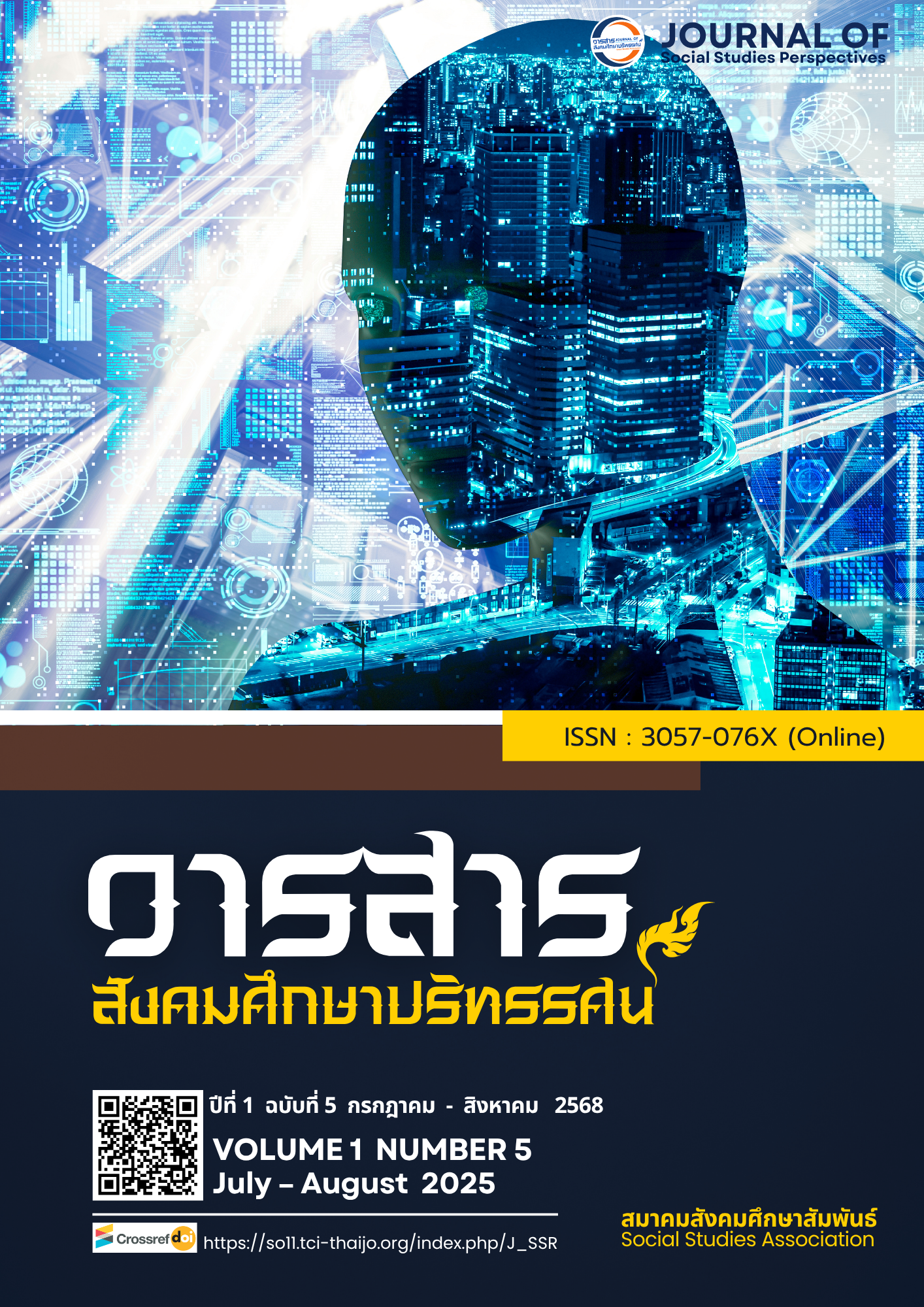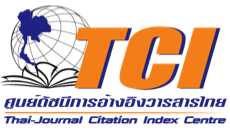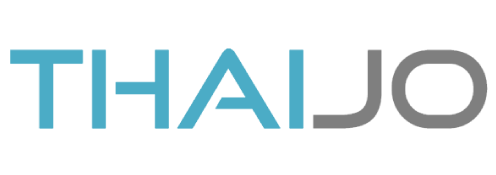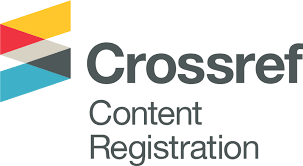LEVERAGING GOVERNANCE TO TACKLE CORRUPTION IN THE CONSTRUCTION INDUSTRY
DOI:
https://doi.org/10.64186/jsp2471Keywords:
Good Governance, Corruption, Construction IndustryAbstract
This article examines corruption in the construction industry, a critical global issue that severely impacts project efficiency, investment prospects, and the overall credibility of economic systems. The construction sector is consistently ranked among the most corruption-prone industries worldwide. This study analyzes the pivotal role of governance in establishing effective, multidimensional anti-corruption mechanisms. It highlights the importance of transparency and information disclosure in promoting accountability and reducing opportunities for corruption. The analysis further explores the implementation of internal audit systems and digital checks and balances to enhance oversight efficiency. Stakeholder participation is emphasized as a means to develop collaborative monitoring and surveillance networks. Moreover, integrating ISO 37001 standards with Integrity Pacts establishes internationally recognized benchmarks for anti-corruption. When combined with efforts to foster an ethical organizational culture, sustainable learning systems, and the adaptation of successful practices from other countries, these elements create a comprehensive and effective anti-corruption ecosystem. Achieving success in combating corruption requires a balanced integration of modern technologies and active human participation. The insights from this study are particularly valuable for policymakers, project managers, and stakeholders in the construction industry, especially in Thailand and other developing countries seeking practical and effective anti-corruption solutions.
References
Alotaibi, Rashed; Sohail, M; Edum-Fotwe, Francis; Soetanto, Robby (2025). Determining project control system effectiveness in construction project delivery. Loughborough University. Journal contribution. https://hdl.handle.net/2134/28494104.v1
Bizcommuity. (2025). How South Africa's construction mafia hijacked projects worth R63bn. Retrieved July 23, 2025, from https://www.bizcommunity.com/article/sas-infrastructure-crippled-can-iso-37001-fight-back-against-the-construction-mafia-695451
Brick Murtazashvili, J., Mylovanov, T., Shapoval, N., and Murtazashvili, I. (2024). The political economy of public procurement in Ukraine. Journal of Public Finance and Public Choice, 39(1), 118-138. Retrieved July 23, 2025, from
https://doi.org/10.1332/25156918Y2024D000000005
Carothers, T., and Brechenmacher, S. (2014). Accountability, transparency, participation, and inclusion: A new development consensus? Carnegie Endowment for International Peace. https://carnegieendowment.org/research/2014/10/accountability-transparency-participation-and-inclusion-a-new-development-consensus?lang=en
Cheong, B. C. (2024). Transparency and accountability in AI systems: Safeguarding wellbeing in the age of algorithmic decision-making. Frontiers in Human Dynamics, 6, 1421273. https://doi.org/10.3389/fhumd.2024.1421273
Chetthamrongchai, P., Jermsittiparsert, K., and Piriyakul, M. (2022). The role of control of corruption and quality of governance in ASEAN: Evidence from DOLS and FMOLS test. Cogent Economics & Finance, 10(1), Article 2154060.
https://doi.org/10.1080/23311975.2022.2154060
Compliance Training Group. (2023). The importance of ethics training in the workplace in 2023 and beyond. Retrieved July 23, 2025, from
CoST. (2020). Transparency, participation and accountability as the building blocks of change. https://infrastructuretransparency.org/2020/12/07/transparency-participation-and-accountability-as-the-building-blocks-of-change/consensus?lang=en
CoST. (2025). CoST impact stories. Retrieved July 24, 2025, from
https://infrastructuretransparency.org/costimpact/
de Chazal, E. (2025). Bribery in construction & how to prevent it. Skillcast. https://www.skillcast.com/blog/bribery-construction-prevention
Dr ISO Malaysia. (2024). What is ISO 37001 and why every construction company needs it for compliance and integrity? Retrieved July 23, 2025, from https://dr-iso.com.my/learn/what-is-iso-37001-and-why-every-construction-company-needs-it-for-compliance-and-integrity/
Editorial Team. (2025). Bangkok State Audit Office collapse: Arrest warrants loom for 17 executives and engineers. Thai.News.
Ewata, T. O., Sakue-Collins, Y., Ubodiom, E., and Harcourt, E. H. (2024). Stakeholders’ participation and the viability of public projects in Bayelsa State, Nigeria. Journal of Humanities and Social Policy, 10(4), 88–107. https://doi.org/10.56201/jhsp.v10.no4.2024.pg88.107
Grace, C. (2024). 5 key insights from the 2024 Ethics & Compliance Program Effectiveness Report. LRN. https://lrn.com/blog/5-key-insights-2024-ethics-compliance-program-effectiveness-report
Han, J., and Kim, C. (2025). Public sector corruption in South Asia: focusing on institutional factors with a two-step fsQCA. Humanities and Social Sciences Communications, 12, 148. https://doi.org/10.1057/s41599-025-04477-9
Hargreaves, L. (2024). Central Digital Platform set to transform public procurement. Procurement Magazine. Retrieved July 23, 2025, from https://procurementmag.com/digital-procurement/central-digital-platform
ICAEW Insights. (2025). Protecting public funds: Tackling procurement fraud. ICAEW. Retrieved July 23, 2025, fromhttps://www.icaew.com/insights/viewpoints-on-the-news/2025/jan-2025/protecting-public-funds-tackling-procurement-fraud
Jawad, S., Ledwith, A., and Khan, R. (2024). Project control system (PCS) implementation in engineering and construction projects: An empirical study in Saudi’s petroleum and chemical industry. Engineering, Construction and Architectural Management, 31(13), 181–207. https://doi.org/10.1108/ECAM-02-2022-0114
Kevkhishvili, A. (2021). Input Paper on Anti Corruption Environment in Georgia. Transparency International Georgia. Retrieved July 24, 2025, from https://libmod.de/input-paper-on-anti-corruption-environment-in-georgia-d/
Koeswayo, P. S., Handoyo, S., and Hasyir, D. A. (2024). Investigating the relationship between public governance and the Corruption Perception Index. Cogent Social Sciences, 10(1), Article 2342513. https://doi.org/10.1080/23311886.2024.2342513
Luo, M., Hwang, B.-G., Deng, X., Zhang, N., and Chang, T. (2022). Major Barriers and Best Solutions to the Adoption of Ethics and Compliance Program in Chinese International Construction Companies: A Sustainable Development Perspective. Buildings, 12(3), 285. https://doi.org/10.3390/buildings12030285
Lustrilanang, P., Suwarno, , Darusalam, , Rizki, L. T., Omar, N., and Said, J. (2022). The Role of Control of Corruption and Quality of Governance in ASEAN: Evidence from DOLS and FMOLS Test. Cogent Business & Management, 10(1).
https://doi.org/10.1080/23311975.2022.2154060
Mazher, K. M. (2025). Review of studies on risk allocation and sharing in public- private partnership projects for infrastructure delivery. Frontiers in Built Environment, 11, 1505891. https://doi.org/10.3389/fbuil.2025.1505891
Open Ownership. (2023). Nigeria adopts Beneficial Ownership Data Standard for its new national register. https://www.openownership.org/en/news/nigeria-adopts-beneficial-ownership-data-standard-for-its-new-national-register/
Opoku, A., Poshyanand, M., Elmualim, A., Kavishe, N., Mushtaha, E. S. N., and Abdalla, S. B. (2022). Corruption in the construction industry: An insight from the Thai construction sector. In A. Tutesigensi & C. J. Neilson (Eds.), Proceedings of the 38th Annual ARCOM Conference (pp. 307–316). Association of Researchers in Construction Management.
PECB. (2024). ISO 37001 essentials: A step by step guide to enhancing your organization’s integrity. PECB. https://pecb.com/article/iso-37001-essentials-a-step-by-step-guide-to-enhancing-your-organizations-integrity
Prieto, R., Boulos, P. F., Neimeyer, T. F., Bartolomeo, A. S., Pierson, G. J., DeNichilo, N. M., Warne, T. R., Thomopulos, G. G., and Boeckmann, A. L. (2025). Viewpoint: Engineering and construction ethics are not transactional. Engineering News Record. https://www.enr.com/articles/60499-viewpoint-engineering-and-construction-ethics-are-not-transactional
Suardi, I., Rossieta, H., Djakman, C., and Diyanty, V. (2024). Procurement governance in reducing corruption in the indonesian public sector: a mixed method approach. Cogent Business & Management, 11(1). https://doi.org/10.1080/23311975.2024.2393744
Transparency International. (2024). Corruption perceptions index 2024. Transparency International. Retrieved July 23, 2025, from
https://tradingeconomics.com/thailand/corruption-index
Transparency International. (2025). Corruption Perceptions Index 2024. Retrieved July 23, 2025, from https://www.transparency.org/en/cpi/2024
vić, I., and Cerić, A. (2023). Risks Caused by Information Asymmetry in Construction Projects: A Systematic Literature Review. Sustainability, 15(13), 9979.https://doi.org/10.3390/su15139979
Watts, L. L., Medeiros, K. E., Mulhearn, T. J., Steele, L. M., Connelly, S., and Mumford, M. D. (2017). Are Ethics Training Programs Improving? A Meta-Analytic Review of Past and Present Ethics Instruction in the Sciences. Ethics & behavior, 27(5), 351–384. https://doi.org/10.1080/10508422.2016.1182025
World Bank. (2024). Beneficial ownership registers: Implementation insights and emerging frontiers. Equitable Growth, Finance & Institutions Insight. https://www.worldbank.org
World Economic Forum. (2016). Why is the construction industry so corrupt – and what can we do about it? World Economic Forum. Retrieved July 23, 2025 from https://www.weforum.org/stories/2016/02/why-is-the-construction-industry-so-corrupt-and-what-can-we-do-about-it/
Zarghami, S. A. (2025). The role of integrated governance principles in the fight against corruption: A configurational analysis. Public Administration and Development, 42(3), 145-168. https://doi.org/10.1002/pad.2085
Downloads
Published
How to Cite
Issue
Section
Categories
License
Copyright (c) 2025 Journal of social studies perspectives

This work is licensed under a Creative Commons Attribution-NonCommercial-NoDerivatives 4.0 International License.
The article is published under the Creative Commons Attribution-NonCommercial-NoDerivatives 4.0 International (CC BY-NC-ND 4.0) license, which allows others to share the article while giving appropriate credit to the author. It prohibits the use of the article for commercial purposes or the creation of derivative works. Any other reuse or reproduction requires permission from the journal.










